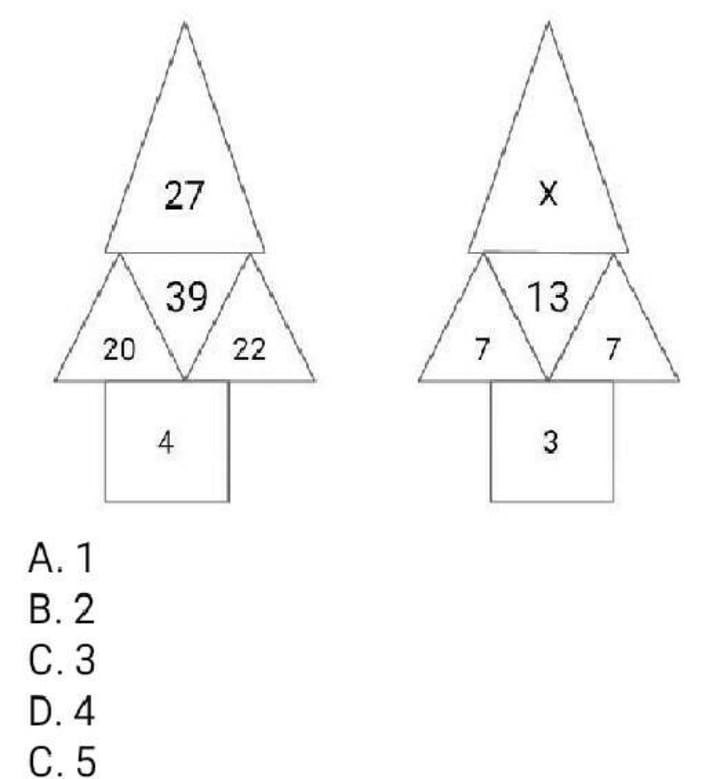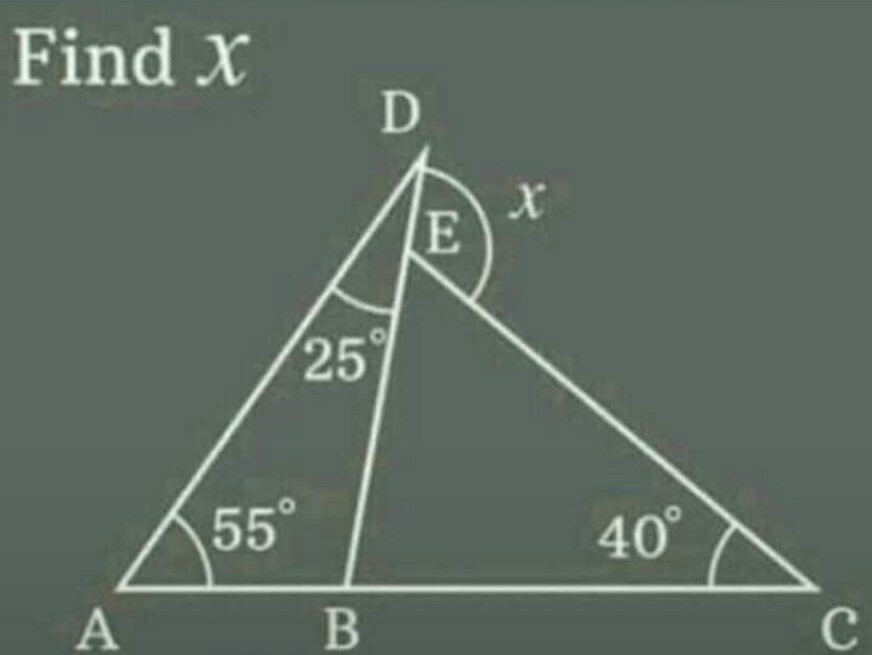
AllQuestion and Answers: Page 1262
Question Number 88961 Answers: 0 Comments: 3
Question Number 88955 Answers: 0 Comments: 10
Question Number 88951 Answers: 1 Comments: 0
Question Number 88943 Answers: 0 Comments: 2

Question Number 88940 Answers: 1 Comments: 0

Question Number 88937 Answers: 0 Comments: 0

Question Number 88936 Answers: 1 Comments: 0

Question Number 88933 Answers: 0 Comments: 5

Question Number 88930 Answers: 0 Comments: 2
Question Number 88929 Answers: 0 Comments: 1
Question Number 88928 Answers: 0 Comments: 4
Question Number 88927 Answers: 0 Comments: 0
Question Number 88921 Answers: 2 Comments: 0
Question Number 88918 Answers: 0 Comments: 10

Question Number 88902 Answers: 1 Comments: 4
$$\int_{\frac{\mathrm{1}}{{e}}} ^{{e}} {ln}\mid{x}\mid\:{dx} \\ $$
Question Number 88899 Answers: 0 Comments: 14
Question Number 88896 Answers: 1 Comments: 2
Question Number 88892 Answers: 0 Comments: 2

Question Number 88894 Answers: 0 Comments: 1

Question Number 88889 Answers: 0 Comments: 1

Question Number 88886 Answers: 1 Comments: 5

Question Number 88882 Answers: 1 Comments: 1
Question Number 88881 Answers: 1 Comments: 0

Question Number 88876 Answers: 0 Comments: 2
Question Number 88873 Answers: 0 Comments: 1
$$\mathrm{3}+\sqrt{{x}^{\mathrm{2}} −\mathrm{5}}\:>\:\mid{x}−\mathrm{1}\mid\: \\ $$
Question Number 88872 Answers: 0 Comments: 1
Pg 1257 Pg 1258 Pg 1259 Pg 1260 Pg 1261 Pg 1262 Pg 1263 Pg 1264 Pg 1265 Pg 1266
